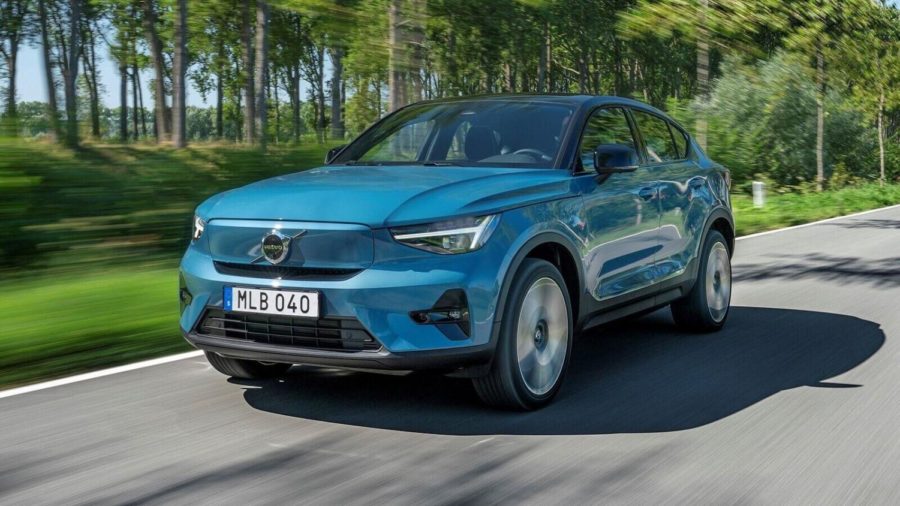Volvo Scores “A” Rating for Environmental Efforts
December 9, 2021
Every year, the environmental non-profit group CDP makes a list of how companies are doing regarding their impact on the natural world. This year, Volvo Cars (Volvo) scored an “A” rating in the climate change category, which means the automaker is considered a leader in how it discloses its environmental impacts, changes its practices to reduce risks to the environment, and “setting ambitious and meaningful targets.”
That’s how CDP ranks the work companies are doing around the world. The group says its mission is to make these greening efforts as transparent as possible so that people can better understand the environmental impact of the companies they work with or from which they buy. CDP ranks each company’s impact in three areas: climate change, forests, and water security. An A is the best rating, while the worst is a D-. The group only rated Volvo in the climate change area. It said Volvo received a top score because of its work “cutting emissions, mitigating climate risks, and becoming a climate-neutral company.”
“We are very proud to see that our hard work to cut emissions and becoming climate neutral is being recognized by CDP,” Anders Kärrberg, Volvo Cars’ head of global sustainability, said in a statement. “Receiving the prestigious A-score shows that we are on the right track, and hopefully, we can inspire other companies to do even more.”
Other automakers that made the “A list” for 2021 include Ford Motor Company (for climate change and water security efforts), General Motors (water), Toyota (climate change, water security), Volkswagen (water security), and Nissan (climate change, water security).
Some of the efforts that helped Volvo earn an A rating include using fossil-free steel made by its partner SSAB and working with Swedish battery company Northvolt on sustainable battery cells. Volvo has also said it will only sell fully electric cars by 2030 and become climate neutral by 2040. Before that target date arrives, Volvo will be lowering the lifecycle carbon footprint of its average vehicle by 40 percent by 2025, compared to the average level in 2018. Volvo also wants to reduce the carbon emissions created by its supply chain by 25 percent by 2025. This year, Volvo also introduced an internal carbon price of around $110 per ton of carbon emissions across its entire business, “becoming the first car maker to implement such a carbon pricing mechanism across its complete operations,” the company said.
































































































































































